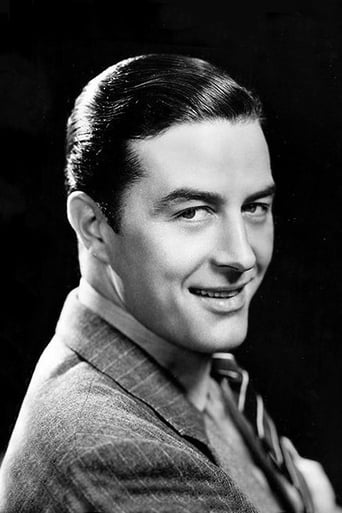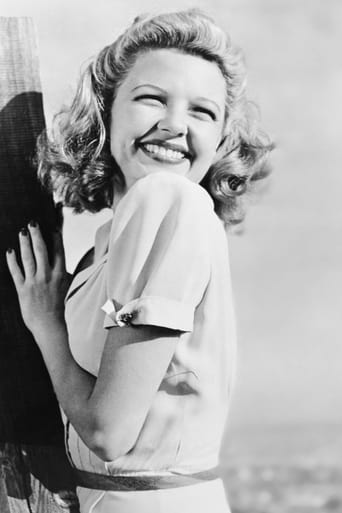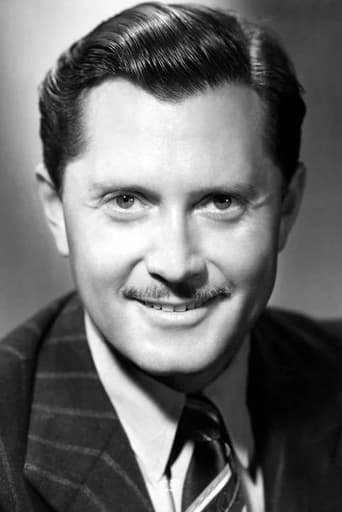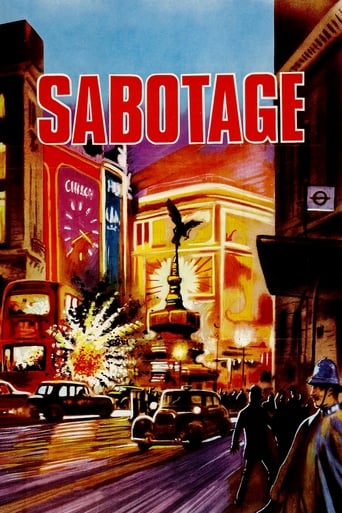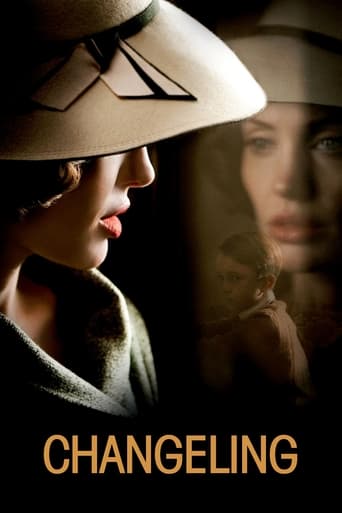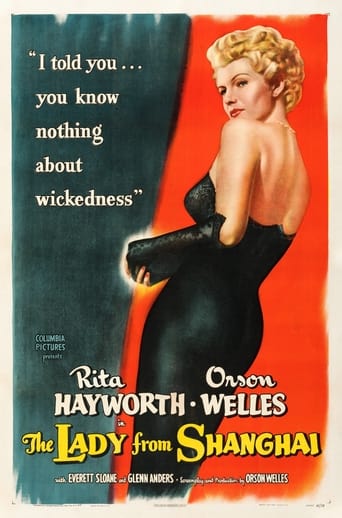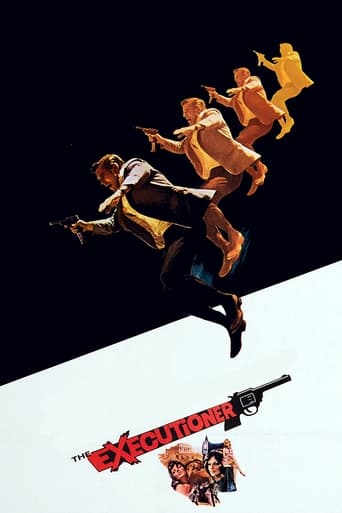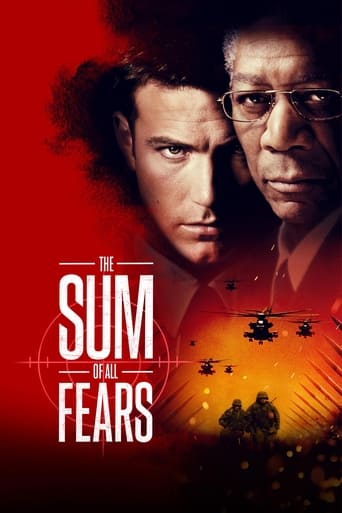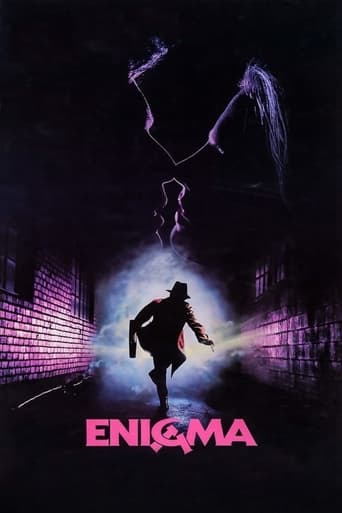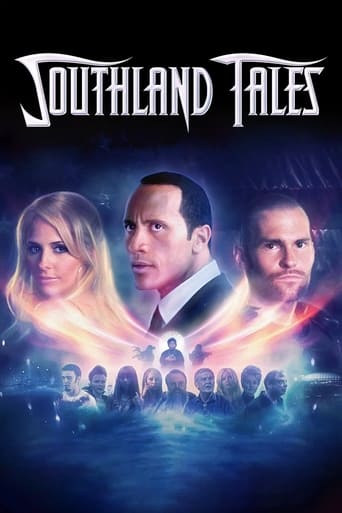
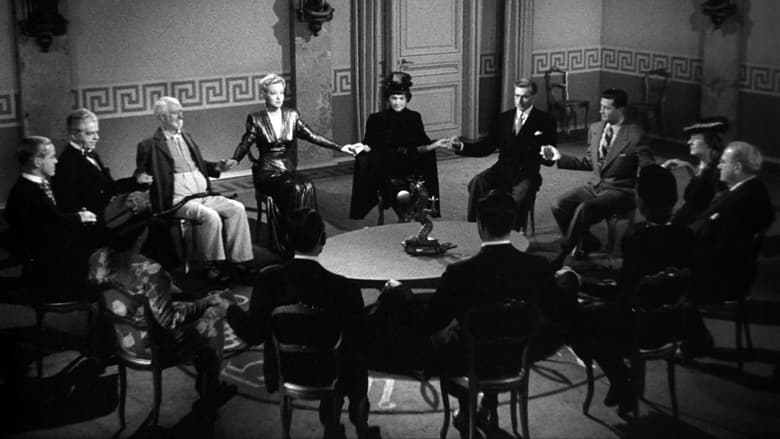
Ministry of Fear (1944)
Stephen Neale is released into WWII England after two years in an asylum, but it doesn't seem so sane outside either. On his way back to London to rejoin civilization, he stumbles across a murderous spy ring and doesn't quite know to whom to turn.
Watch Trailer
Cast


Similar titles
Reviews
Recently released from a sanitarium, where he was kept after the mercy killing of his terminally ill wife, Stephen Neale is eager to regain his life. However, a fortune teller at a charity fair leads to an unusually heavy cake that is stolen by a blind man aboard a train; a mysterious organization called Mothers of the Free Nations leads to a séance and a murder, and the wrongfully accused Neale is on the run. Based on a novel by Grahame Greene, Fritz Lang directed this short, taut thriller that offers solid entertainment and a few unexpected twists. While not on par with "Metropolis" and "Fury," "Ministry of Fear" nevertheless maintains a fast pace, holds viewer attention, and is generally an above-average entry on Lang's resume. Set in wartime London, the 1944 film stars the dependable Ray Milland as Neale, with able support from an amusing Erskine Sanford, an elegantly mysterious Hilary Brooke, and a slimy Dan Duryea.Henry Sharp's shadowy black-and-white cinematography provides a noir-ish look that enhances the growing mystery. While the plot may have some lapses and a few potholes, inexplicable events follow inexplicable events, and viewers engrossed in Milland's quandary will not have time to ponder the inconsistencies. Well paced entertainment with a brief running time, attractive cast of pros, perfect for a rainy afternoon or late night watch.
Ministry of Fear is fun. It's lighter and less moody than one would expect from the premise of a man just out of a mental hospital being pursued by sinister forces, or from the knowledge that it was directed by Fritz Lang and based on a novel by Graham Greene. It certainly is not film noir, though Universal marketed the VHS release under that rubric.In both spirit and look, Ministry of Fear resembles the war-aware Sherlock Holmes series that Universal was putting out at the time. If you, like me, have a taste for that bracing brew of riddles, perils, improbabilities, and good manners, you should enjoy this. You can even look forward to seeing some familiar faces from the casts of the Holmes films.One day after watching Ministry of Fear for the first time, I can't remember a single exterior shot that seems to have been taken outdoors. There may be some, but the impression that remains is that the film was shot entirely under shelter, just in case the Nazis brought the Blitz to California. This dim, artificial "interior world" setting works in a casual way to achieve a dream-like quality. However, we never get the deliberately nightmarish artistic effects that made Lang's reputation. Promising scenes in a séance parlor or a fortune-teller's tent are developed only enough for narrative purposes, not for atmospheric ones. The resulting narrative is always engaging, but it never becomes involving. It doesn't systematically draw us into a labyrinth of intrigue like Hitchcock's Foreign Correspondent or Norman Foster's Journey into Fear, but entertains us with a string of incidents. It's as if Lang were skipping stones on a pond for our amusement instead of daring us to go in for a midnight swim.That all sounds negative, but it simply means that Ministry of Fear succeeds in its mission: to show us a good time if we're prepared to have one. The tone is set by the casting of Ray Milland in the lead. Milland is a personal favorite among film protagonists, an everyman who enables everyboys to believe (however vainly) that they can grow up to be big, handsome, unmistakably well-bred, and equal to any challenge without selling their boyish, fun-loving souls. Milland had a maturely magisterial look about the eyes even in his youth; and yet even in later years, when he was the archetype of the self-possessed patrician, he seemed to delight in rolling those eyes or smiling with mischievous glee. His kind of everyman is an inverted, self-made kind. He might be, say, a younger son of a baronet: fully equipped with social graces and education, but unencumbered with responsibilities, appearances, or an embarrassing amount of money. We often find him dislocated from the well-ordered world that he was apparently born to, but destined to settle back into it when his high spirits have carried him through some danger. However saturnine he may look in a publicity still, he'll probably take us on a lark when the projector starts whirring. And so he does in Ministry of Fear.The plot? Well, it's about a man just out of a mental hospital being pursued by sinister forces. He also pursues them in return. Along the way, he meets a young woman played by Marjorie Reynolds. When she starts to speak, it may seem for a moment that she's doing an awful British accent, but it turns out to be a tolerable German one. She plays a refugee from Austria who is running a charitable organization with her brother. What becomes of her, the brother, the private detective who serves as the hero's funny sidekick, or villain Dan Duryea (who supplies the awful British accent), must remain shrouded in deepest mystery until you see the film. When you do, please remember that Fritz Lang had to eat like everybody else, and just sit back while he entertains you.
On the eve of World War II Ministry of Fear appeared as a great crime picture concentrating on a very hot topic at the time, namely the devious Nazi schemes and plots build up all around Europe. Its decent and somehow dizzying storyline places this movie in the great film noir category right on spot. Its gloomy aura and very climatic ambiance can be felt throughout the whole time. It starts with a great scene to set the tone. The clock is hanging on the wall. It is ticking inexorably. We see a man coming into a dark room and then a shot of Ray Milland sitting in a chair. It's 12 o'clock and he is finally free, after being stuck for two horrible years in one very peculiar place.Ray Milland gives a fine performance as a man named Stephen Neale, who just got released from an insane asylum and dreams about going to London to lead a peaceful and quiet life. Nothing further from the truth. After a visit to a very strange town fare he stumbles across a horrifying plan, which can have tragic consequences for his country. He needs to tell that to somebody. However, because of his unclear past he is unable to convince others that he is onto something very eerie. What's more, in the process someone wants to frame him for a crime he didn't commit. The main quality of this picture comes from the side of its fantastic cinematography. Every scene is shot perfectly, with the classic low-key white-and-black visual style. Some of the images are simply astounding: a gripping scene on the train with a seemingly blind man, explosive suitcase, bombing near the railroad tracks, etc. But the most stunning one for me was that of a group mind-reading session. Through its play on colors, light and visual sensations it brings a sort of nightmare-ish mood to the movie.Add a very fine and climatic music and all you get is a noir experience of the highest level. Apart from being an agitating thriller Ministry of Fear is also a proper take on the situation in Europe during the War. Nazi scams were omnipresent and every person could have been involved, no matter what nationality he or she was. That's definitely the point that makes it feel more realistic and dramatic at once.
Paramount did so well with Graham Greene and This Gun For Hire, making a star out of Alan Ladd that they went back to the same source for Ministry Of Fear using one of their best contract leading men Ray Milland as the star. The story starts out remarkably similar to Random Harvest where Milland is an inmate in an asylum.But while Ronald Colman was a shell shocked World War I veteran, Milland was in there for murder. The Code firmly in place said you can't have the hero be a murderer even if it was for a mercy killing of his terminally ill wife. So Paramount cheated the novel by having Milland only by the poison, not use it, and then have the wife find it and use it on herself, according to him. But the authorities arrest him anyway, but he's given a light sentence of two years in a rubber room.All of which make him reluctant to go to the police when some bizarre things start happening. At a bazaar no less when a fake fortune teller tells him to bid on a cake by guessing the weight. He gets the cake, but he's not the one it's intended for. The cake has a microfilm inside and the bazaar was a blind for some nasty enemy spies.We don't know that yet, but when a blind man who Milland shares a compartment with on a train to London knocks him out and steals the cake, Milland and the audience knows something is afoot. This was the part that strained by credulity the most. If the guy wanted the cake so bad, I'd have reported the assault to the police and let the cake go. But Milland doesn't trust the cops, that's understandable, but to chase the thief over the moors while the train is stalled because of a Nazi air attack to me was a bit much.Milland's curiosity sends him investigating the charity that was holding the bazaar and it's one of those refugee charities run by a brother and sister team played by Carl Esmond and Marjorie Reynolds. After that it's wading through a morass of mystery and deciding who's your friend and who's you and your country's foe.Even with Fritz Lang who was second to none in directing psychological thrillers, Ministry Of Fear doesn't succeed half as well as This Gun For Hire. It's all right entertainment, but falls way short of being a classic.


